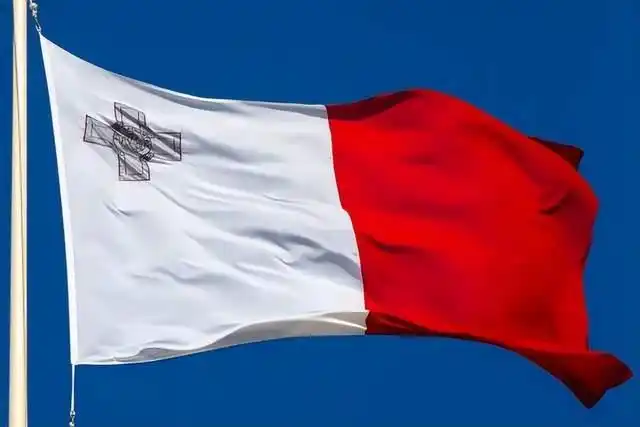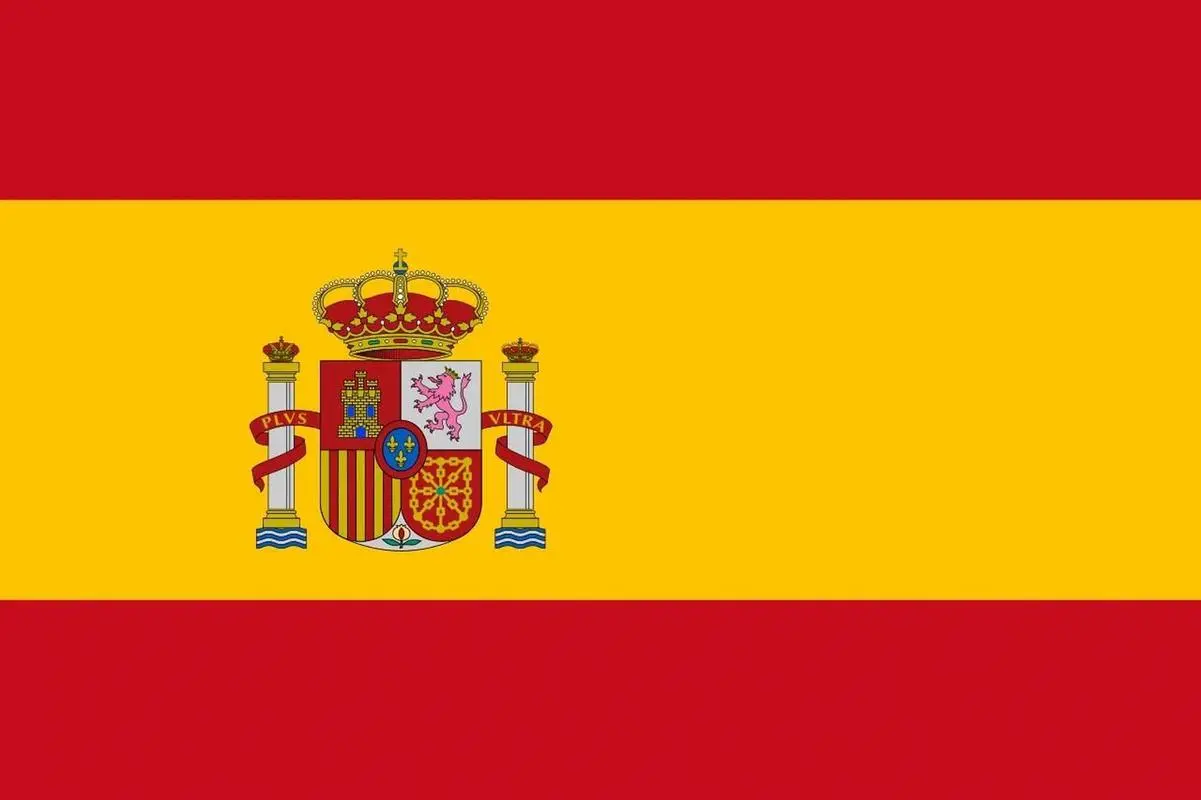Republic of Malta

The Republic of Malta, abbreviated as Malta, is an island nation located in the central Mediterranean, known as the "heart of the Mediterranean". Its coastline is over 190 kilometers long, with many natural harbors. Malta has a subtropical Mediterranean climate with an average annual temperature of 19.7 ℃, a maximum temperature of 40 ℃, a minimum temperature of 5 ℃, and an average annual precipitation of 560 millimeters.
The total area of Malta is 316 square kilometers, mainly composed of 5 islands, with Malta Island being the largest with an area of 245.73 square kilometers; The second largest island is Gozo Island, with an area of 67.08 square kilometers. There are a total of 67 local municipal committees in the country, including 53 on Malta Island and 14 on Gozo Island. The capital is Valletta, with a population of approximately 7000.
By 2023, Malta's population will be 563000, mainly Maltese, accounting for 74.66% of the total population, and the rest will be Arabs, Italians, Britons, etc. The official languages are Maltese and English, with Catholicism as the state religion and mainly adhering to Protestantism and Eastern Orthodoxy.
Malta has a long history, with Phoenicians settling here from the 10th to the 8th century BC. In 1523, the Order of St. John of Jerusalem moved from Rhodes to this place. It was occupied by France in 1798, became a British colony in 1814, declared independence in September 1964, and established the Republic of Malta in 1974. Joined the European Union in 2004.
Malta's economy mainly relies on the tourism and financial services industries. Despite the scarcity of natural resources such as water and weak industrial foundation, its shipbuilding and repair industries are well-developed. In addition, Malta is also the fifth smallest country in Europe, with its capital Valletta boasting diverse cultural heritage and sunny scenery. It was listed as a UNESCO World Heritage Site in 1980.
The economic profile of Malta can be described by the following key indicators:
Economic growth rate: In 2023, Malta's GDP growth rate is 5.6%, with expected growth rates of 4.6% and 4.3% in 2024 and 2025, respectively.
Per capita GDP: In 2023, Malta's per capita GDP was $37882.27, an increase of 1.39% from the previous year.
Industrial structure: Malta's economic structure is dominated by the service industry, which accounts for over 70% of GDP. Agriculture and industry have a relatively low proportion, but industrial growth is relatively fast, and manufacturing has also grown.
International status: Malta is a member of the European Union, Schengen Area, Eurozone, and Commonwealth, which gives it many conveniences in international trade and travel.
Tax Policy: Malta is a tax haven with no real estate tax, net wealth tax, gift tax, inheritance tax, etc. After the corporate income tax refund, it can be as low as 5% and enjoy EU customs union subsidies and trade preferential policies.
Education level: Malta attaches great importance to education, with education expenditure accounting for 13.5% of GDP. There are 340 schools in the country, and the per capita ratio of educational resources is 7:1. Public school teachers must hold a master's degree or above.
Medical level: Malta's medical level is comparable to that of major European and American countries, and has consistently ranked among the top three countries in the world for elderly care and living.
Immigration Policy: Malta's immigration policy is flexible, allowing one person to apply and four generations of the family to immigrate simultaneously without language or educational requirements. The approval process is short, taking approximately 4-6 months.




